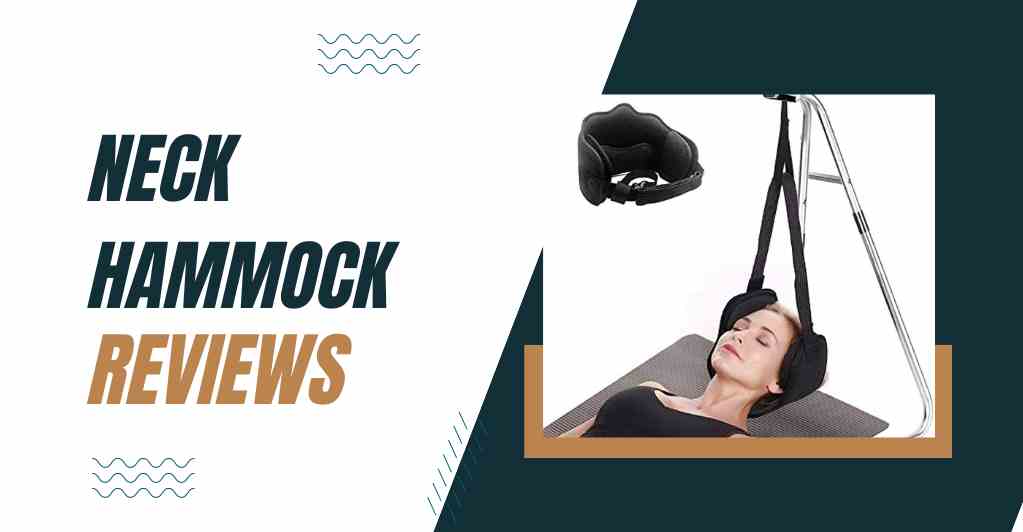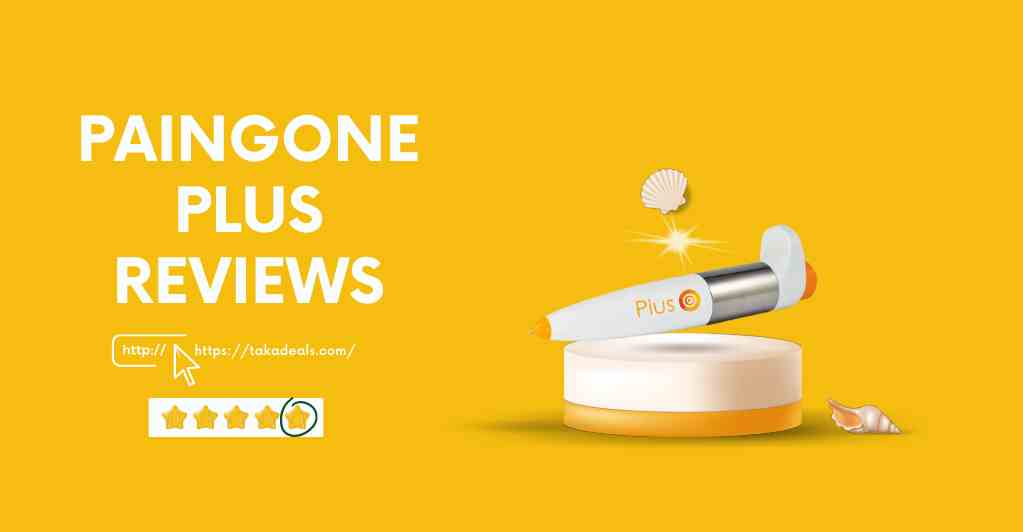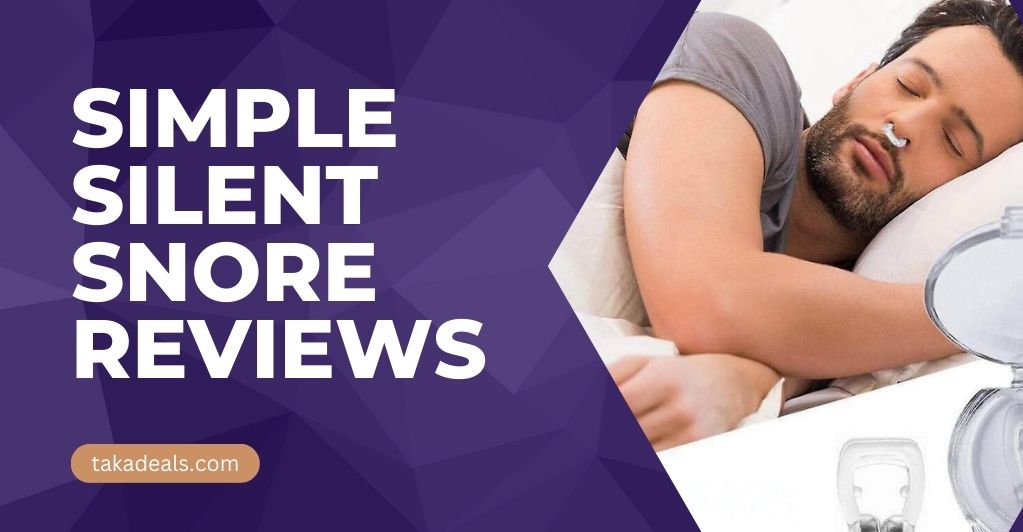
Sleepyheads always feel that they are sleeping very freely and with no making noise around the room, but the only thing they don’t know is that sleep and snoring are attached like inhaling and exhaling the process of oxygen.
Many people find snoring to be a major inconvenience, particularly those who have to put up with their partner’s noisy sleeping habits every night. However, few individuals are aware that snoring could be a sign of more serious health problems for the person snoring.
In today’s simple silent snore reviews, you’ll learn about a possible remedy for snoring that could also help everyone else in the room sleep better and feel healthier overall.
Presentation
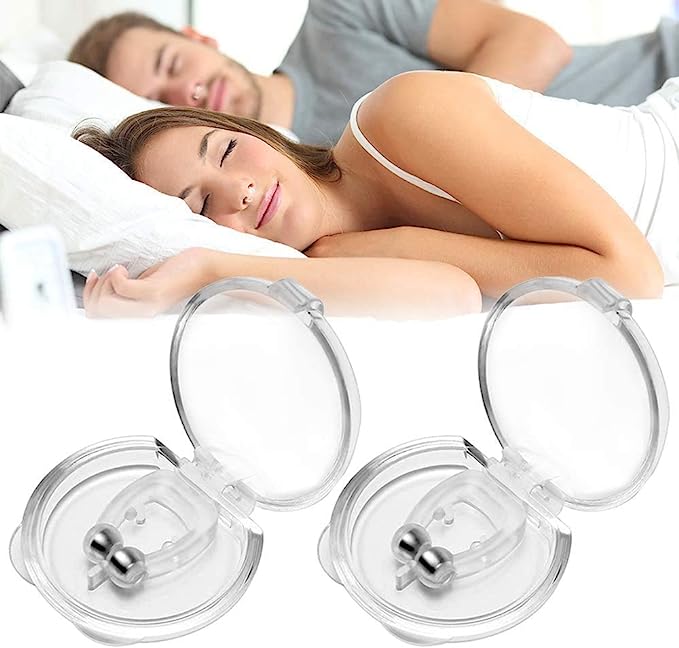
Simple Silent Snore Reviews
- Wear a premium silicone nose ring all night long without discomfort.
- Micromagnets to keep the nose clip in place even if you have trouble falling asleep
- For all ages, one size fits all clothing
Many businesses have attempted to address the problem of snoring and its more pernicious variation, sleep apnea, over the years. Such remedies have included everything from medications (such as melatonin supplements) to tools like rings and chin protectors.
What Exactly Is Deep Snore?
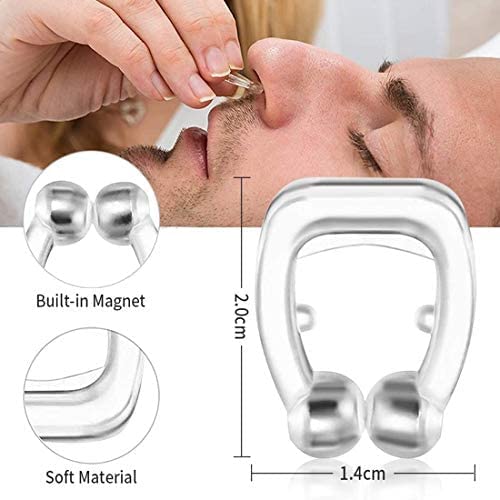
A very basic health tool called the Silent Snore Nose Clip has a silicon ring clamp that snugly fits into your nostrils. Because of the way it is made, it stays in place without interfering with your ability to breathe or causing you any pain or suffering.
Since snoring is pretty typical, many people may be familiar with this tale. You might just consider it a mild irritation if it only occurs infrequently. However, if you share a bed with a chronic snorer, you may find it difficult to fall asleep most nights or to stay asleep after awakening.
If only you could turn off their snoring with a button! When you want to keep your nasal passageways open while you sleep, you can use a device called a quiet, or internal nasal dilator. Facilitating easier airflow through your nasal passages makes it simpler to breathe via your nose. You might have less snoring or even none at all when you can breathe through your nose naturally.
The actual device is made of flexible soft polymers, which are frequently utilized to make medical equipment. Although the idea of inserting something in your nose may initially make you uncomfortable, it is made to feel pleasant. If you correctly put it, you might not even detect it at all.
It is kept in place by ribbed paddles, which also protect the delicate nasal walls. The device comes in three sizes to provide a tight fit and is adjustable by adjusting the ribbed paddles on either side.
RhinoMed provides a sizing chart to assist you in selecting the appropriate size.
Why Utilize Mute Snoring?

Snoring happens when the tissues in your throat relax to the point where they block your airway. The tissues in your throat vibrate as you attempt to breathe through this little airway, which results in snoring. Once you have trouble breathing through your nose due to any issue, such as congestion, congested nasal airways, or a deviated septum, you’re more likely to snore.
Even if snoring doesn’t keep you awake, it might nevertheless damage the quality of your sleep. Regular snorers typically feel weary when they wake up. Daytime fatigue can negatively impact your attitude and ability to focus, which can lead to issues at work, school, or in other areas of your daily life.
Snoring can be problematic even if you don’t experience any of these issues. make your sleeping partners uncomfortable and keep them from having a good night’s sleep.
Are You A Good Fit For Muted Snoring?
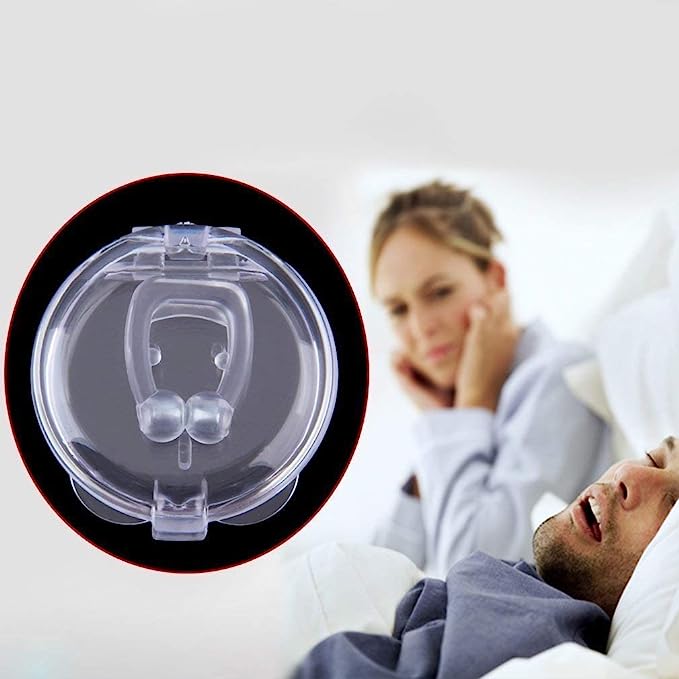
The Mute dilator might be helpful if the sizes given fit you and you don’t mind sleeping with a gadget that fits inside your nose.
If you want to prevent utilizing an inside nasal dilator, think about using nasal strips, which are exterior dilators that help open your nasal passages from the outside. The strong adhesive on these strips helps to open your nasal passages, so you may breathe more readily as you sleep by placing them on the bridge of your nose.
If an internal dilator irritates the skin inside your nose or if you just can’t get used to the feeling of something inside your nose while you sleep, nasal strips offer a less invasive alternative. On the other hand, you can consider using an internal dilator if you’ve already tried nasal strips and didn’t think they performed very well.
Pronto Sleep, a rechargeable vapor inhaler that functions like a nasal dilator, is another item made by RhinoMed. This inhaler works similarly to Mute in that it helps expand your nasal passageways, but it also sends a blend of vaporized essential oils (tea tree, lavender, eucalyptus, and valerian) right into your nose to enhance relaxation and the quality of your sleep.
When you have seasonal allergies or a cold and you snore and have congestion, dilators might not always help. If you frequently encounter seasonal congestion, discuss alternative treatment options with your healthcare physician.
A Few Indications
If you or your sleeping companion observe any of the following symptoms of sleep apnea, you should consult your healthcare professional:
- Frequent loud snoring,
- The propensity to gasp for air as you sleep,
- Or periods when you don’t breathe at all,
- Chronic daytime drowsiness or lethargy,
- Headaches, or a dry mouth when you wake up
Remember that children under the age of 12 should not use these goods. Your child’s pediatrician can provide more information about possible treatments if your youngster snores.
Is Mute Snoring Effective?
Nasal dilators like Mute may help reduce snoring, according to a number of scientific studies, even if not everyone will benefit from using these devices. These tools included a vibrating sleep position trainer, an internal nasal dilator (Mute), and a mandibular advancement device that moves your lower jaw forward.
The University of California, Irvine study, which was directed by a third-year medical student, did not specifically recommend any device, although the researchers did suggest patients who snore first try these non-surgical approaches.
Nasal dilators can reduce primary snoring, which is snoring that is not caused by sleep apnea, but they might not be able to halt snoring that is caused by obstructive sleep apnea. You should arrange an appointment if you believe you may have this ailment.
Also Read:
Implementing Mute Snoring
Although a Mute dilator comes with instructions for use, the following steps can give you an idea of how it works:
- The “arms” of the dilator should be facing you and held between your thumb and first finger. When you hold the paddles properly, they should be pointed away from you.
- If the arms and paddles do not fit into your nose, the dilator is too large for you. You can enlarge the loops on the dilator for a better fit. Each dilator comes in three different variations.
- Check whether you’ve positioned the dilator incorrectly by gently adjusting your nose over the paddle. The paddles ought to feel softly lying there against your nose. The bridge will rest across your nostrils and at the end of your nose.
Learning: Simple Silent Snore Reviews
It makes sense to have some reservations about using a nasal dilator. The majority of individuals undoubtedly dislike the concept of putting anything in their noses and sleeping with it there. However, many users of Mute’s snoring solution commend it and claim that it improves their snoring, nighttime breathing, and sleep quality; therefore, it would be worthwhile to try this internal dilator.
Not persuaded? Also fine is that.



